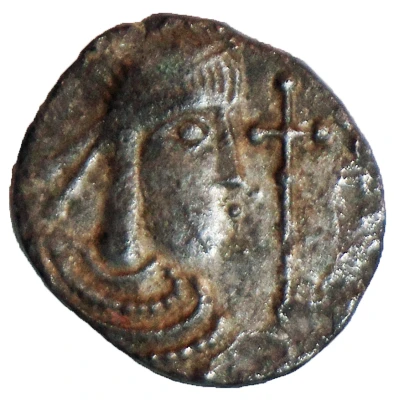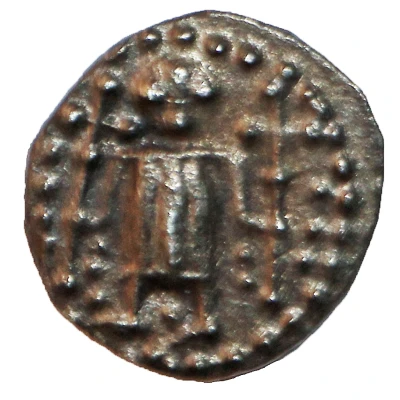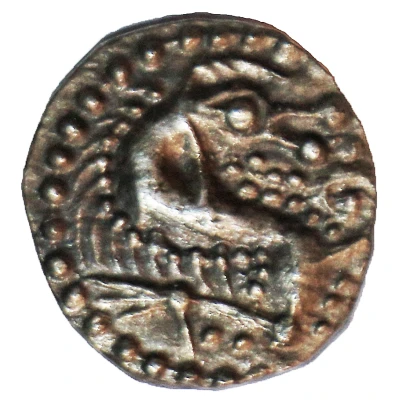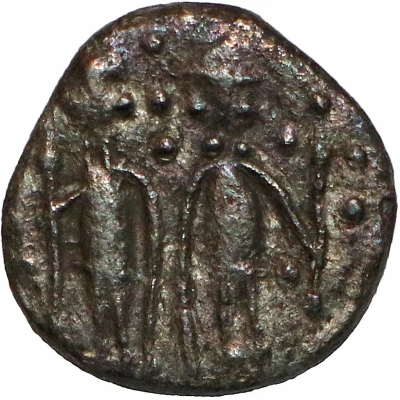
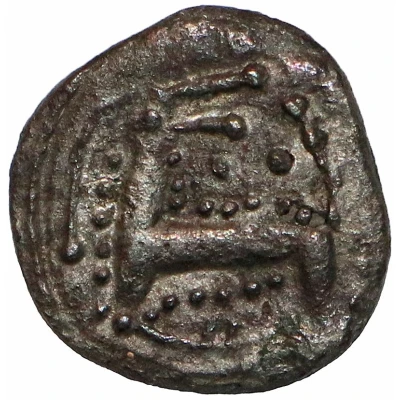

© John Conduitt (CC BY-SA)
Sceat Series N; Type
| Silver | 1 g | - |
| Issuer | Early Anglo-Saxon (Kingdoms of British Isles and Frisia) |
|---|---|
| Type | Standard circulation coin |
| Years | 710-760 |
| Value | 1 Sceat |
| Composition | Silver |
| Weight | 1 g |
| Shape | Round (irregular) |
| Technique | Hammered |
| Orientation | Variable alignment ↺ |
| Demonetized | Yes |
| Updated | 2024-10-09 |
| Numista | N#307727 |
|---|---|
| Rarity index | 95% |
Reverse
Monster left, looking back, triple-forked tail, crest left, pellet outline.
Lettering: [uninscribed]
Comment
Early Anglo-Saxon period (c.600-c.775), Sceatta coinage (c.675-c.760), Secondary Phase Sceattas (c.710-c.760), Series N. Abr. 52Issued in all the main regions of southern and eastern England (this type possibly minted in the East Kent or lower Thames region).
Interesting fact
One interesting fact about the Standard circulation coin Sceat (Series N; Type 41) (710-760) from Early Anglo-Saxon (Kingdoms of British Isles and Frisia) made of Silver weighing 1 g is that it features a unique blend of Christian and pagan elements in its design. The obverse side of the coin depicts a cross, which symbolizes the Christian faith, while the reverse side features a stylized animal, which is a common motif in pre-Christian Anglo-Saxon art. This blending of religious symbols reflects the cultural and religious transformations that were taking place in Early Anglo-Saxon society during this time period.
